Intro
You forget. You forget the truth of walking in the woods in the snow. It’s not a hard snow. It’s barely accumulating. It doesn’t have to. You go back. You see the long tall reeds. Do you remember yet? You see plank bridges. You walk on them. You look at the frozen mud below. The flakes sit on tall grass the same color as a girl’s hair. The outpost, the wood structure, feels more like community than anger. God. Do you remember what it was like to not feel angry? Do you remember what it was like when you felt the difference? From the months of November until April, fingers and toes perpetually pink. It’s not that you had a higher cold tolerance when you were a child, though it was generally colder, and though it generally snowed more often, it was that someone took the pains to wrap you against it despite your desire to shed any layer you felt unnecessary, it was that someone taught you to layer your socks inside your boots, it was that someone taught you to cover your ears so that the fluid in your little skull wouldn’t become cold and painful. It mattered. You mattered, before they’d send you and the others out. You still remember the daycare supervisor telling you all in the middle of a snow flurry that if you ran in circles, you would warm up. Was she right? The ice breaks. There is running water now. The ice sits anyway, and if you were still small, would you take the risk to try climbing it? Would you still drag your little fingers over the slate-like edges of it, broken like shale on the shore? Where is the pink glove, too long for you, that you’d wear? You lost it so you could touch the things that felt like they were burning. The sky is the same gray you remember from all of the Januaries, all of the birthdays, all of them, sometimes snowbound, sometimes the only ones who could come out in the middle of it. When the creek fills with snow, you know it. Remember it. This is not the creek you used to know but it doesn’t matter. It was a creek you could have known; you have known all of the marshes and wetlands of this place with the same intimacy of a first lover’s mouth. It feels like coming home. The scraggly pines and the tired junipers and the thorny greenbrier vines and the long grass and the mulch of fallen leaves rotting on the floor of the woods and the promise of future skunk cabbage and dense thickets of mosquitos: they are home. It’s not the bitter windy cold of harsh, drought-ridden winters: it’s the slow fall of snow. You remember.
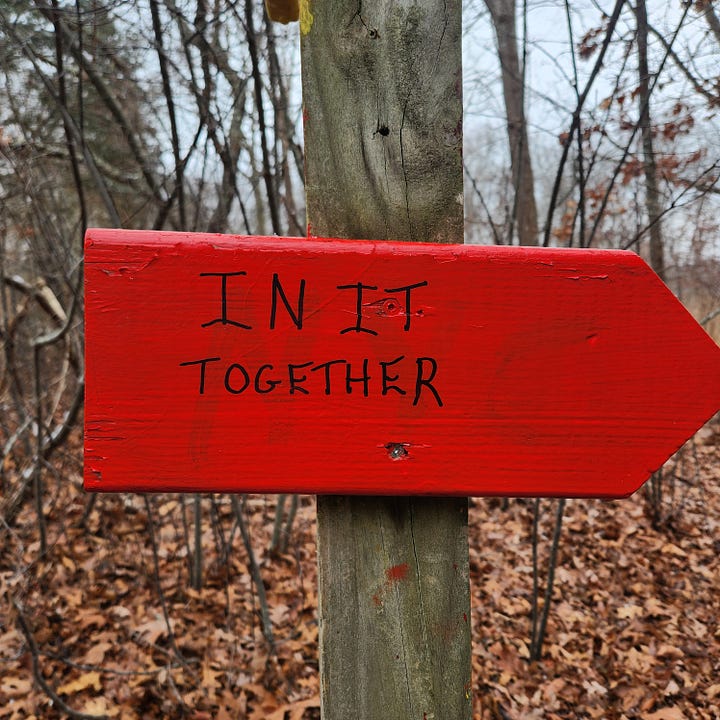
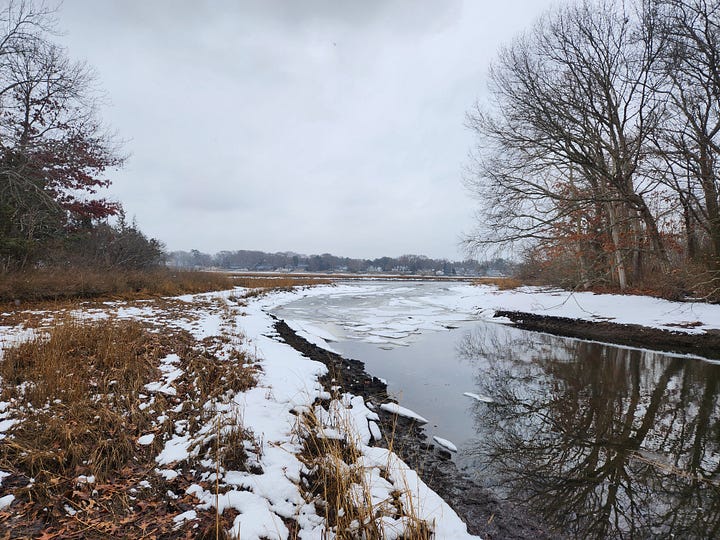
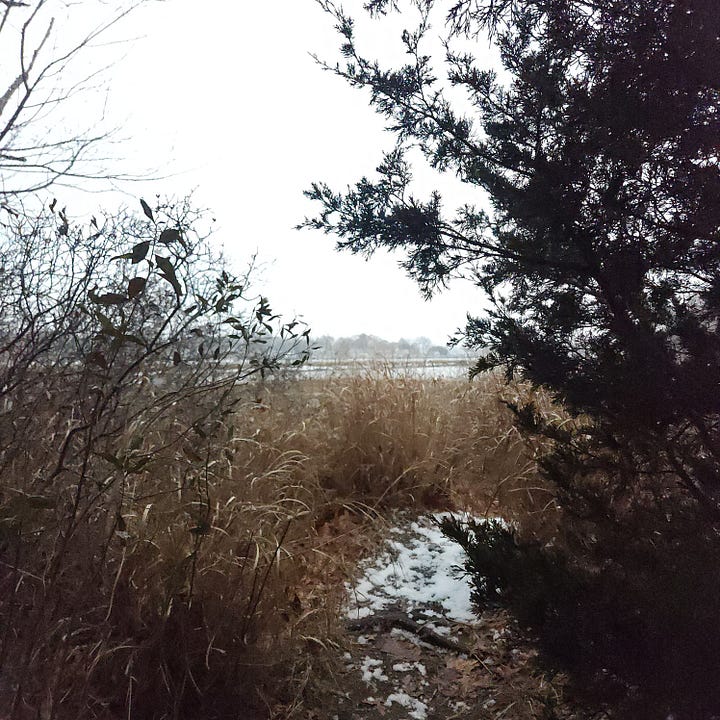
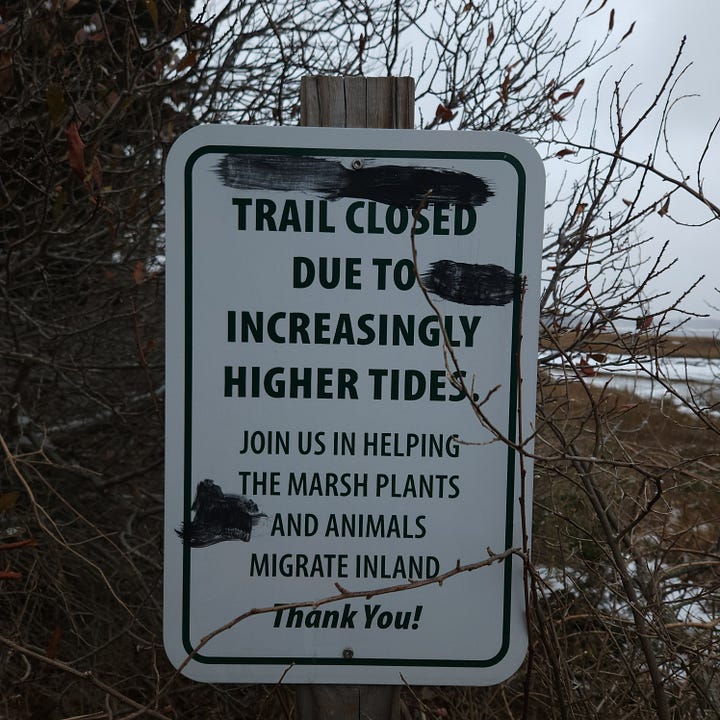
The Trip
Going to start this one off by being up front and saying, Yes, I went to Haines Memorial State Park in Barrington, Rhode Island, and then I left very quickly. It is mainly a dog park and I do not have a dog. I will probably be back with my best friend, who does have a dog, and said dog. I could have walked a little bit towards the edge of a body of water which is in the park, but it was also snowing, and I think that it will be better to return here with a dog who can enjoy it. I will also note that the RI State Parks website page on the history of the park redirects to a 404 message, and that I got some minimal background from Wikipedia which told me that the place’s history is not quite as documented as much larger parks, like Rocky Point, Colt, or Beavertail, among others. Haines Memorial State Park was sold by the sister of Dr. George Haines, who had been a medical doctor and public servant, and whose wishes for his property following his death were that the lands be used for outdoor recreating. It seems like a good dog park, and there are a few different baseball diamonds there, too, which is great news for the spring but in the winter means very little for me.
Being that I was in Barrington and still wanted to do something that required me to spend a few hours outside with two cameras and my bundled up body, I went over to nearby Osamequin Nature Trails and Bird Sanctuary, which is managed by the Barrington Land Conservation Trust. From the Barrington Land Conservation Trust website: “Osamequin Nature Preserve is a 42-acre conservation area along the western shore of Hundred Acre Cove in Barrington. The property was purchased by the Town of Barrington in the 1960s through the state ‘Green Acres’ program and is now co-managed by the Barrington Land Conservation Trust, the Barrington Garden Club, and the Town.” Some of the trails are currently closed, as marsh migration and coastline shifts change the environment, requiring adjustment of human activities to enable the animals who live there better breathing room. When I went, the Juniper Loop Trail, or blue trail, was closed, but the osprey nest was still visible.
It’s probably unfair to categorize different places as feeling “more New England” or “less New England” when literally every park I’ve been to for this project has literally been in New England and this is a project largely about New England state parks. I ran into this weird juxtaposition between Rocky Point State Park and Goddard Memorial State Park, but here’s what I think it is there: Rocky Point is very culturally New England, and specifically, very culturally Rhode Island—decaying mementos of a fairly recent past, a place that is beloved but not maintained to previous operating standards, an architectural sculpture (the World’s Fair arch) that doesn’t really make sense but is there anyway—but, apart from its rockiness, doesn’t feel so naturally New England, and even then, juniper and pine grow other places too, and there are a ton of invasive non-native species that choke out other plants in the spring and summer. Goddard Memorial State Park feels a lot like the woods of New England suburbs, which is to say, fairly young despite the age of the place, and while you probably wouldn’t want to go swimming in it right now due to the poop water, if you were to go to, for instance, Ames Pond in Easton, Massachusetts, you’re going to get a pretty similar feeling of thin trees and some beach, like the place has been allowed to grow again after not being able to grow for a while. I think at least some of that might be the impacts of hurricane damage in the past 100 years, in all fairness; both Rocky Point and Goddard Memorial are places that have been totally pummeled by the larger hurricanes of the 20th century, with huge sections of the parks and its structures significantly damaged.
I don’t know. Maybe there are some places that you can think of that feel “more” or “less” like the essence of where you live, or if you’re also from Southeastern New England, maybe you also have that sense about some of this, or maybe I’m just making things up from my own perspective. Whatever, it doesn’t really matter. In any case, there are some places that just feel more like the New England that I think of when I’m homesick versus the New England that I think of when I’m wandering around here.
It was snowing when I went to Osamequin Nature Trails & Bird Sanctuary. Like almost everywhere else in the country, New England was in a pretty significant drought by the end of the summer and fall—it rained in September, maybe spat a little bit in October, but we had brushfires. Blue Hills, which is near Braintree and Canton, had a significant enough fire that it wasn’t going to go out until there was a soaking rain to penetrate where it smoldered underground. It’s weird when a place that is historically known for its humidity and wetlands and coast catches fire. It’s weird when the weather is too nice for too long here because it’s bad news. For a long time, like a lot of adults, I convinced myself that I don’t like snow, but can I tell you? When it’s snowing in January in Southeastern New England, you kind of feel some relief, like, Thank God something normal is happening in a world where nothing has felt normal for a very long time. The weather created a kind of snow globe effect, heavy flakes drifting, not really accumulating but hanging around just long enough for the world to feel very still and peaceful. So when I say that this felt “more New England” than either of the other two parks I’ve gone to recently, this is what I mean. There is something that feels very special about our marshes and swamps, about our coasts, about wood plank bridges leading over the areas that flood.
I don’t mean to draw immediate comparisons to the interpreting aspects of the different parks, including literature of the histories of these places, but I think that since I made a point of mentioning how Goddard Memorial Park doesn’t address the indigenous history associated with that land besides the one sentence mention of how homes were burned down during King Philip’s War, I should probably talk a little about that here. As you walk into the preserve, you will see informational signage describing this place. This is a Sowams Heritage Area Site, and is named for Osamequin, who was the leader of the Pokanoket Tribe of the Wampanoag Nation. This area was called Sowams, and included what we now call Barrington, Bristol, East Providence, Warren, Rehoboth, Seekonk, and Swansea. Osamequin welcomed Roger Williams when the Puritans pushed him out, and was instrumental in establishing the peace treaty with the Plymouth Colony—and the breaking of that peace treaty by the colonists is one of the factors leading to King Philip’s War. The Pokanoket Tribe is still here. It doesn’t need to be hard to acknowledge this history.
One question that I have, and which comes up again when I go to Colt State Park the next day, is what kind of outdoor spaces I’m actually in search of. My Google search results are totally screwed from the algorithm now, so if I search “state park” images, the majority of what comes up are from the RI State Parks website, promotional images for the best state parks of Rhode Island—but there exists a consistency in bias of what gets shown to me when other states do appear: what the search algorithm shows me when I’m looking for pictures of state parks are the more rugged trails or more apparently, obviously natural spaces—kind of like what we’d expect to find, I think, at a National Park, the emphasis being on being out in this “unspoiled” vision of a virgin nature, untouched by industry or man, protected from the explicitly obvious organizing design principles of landscape design. You’re basically a guest, the trails feel more or less unobtrusive in their environment, and you may leave with the sense that you’ve been to a truly natural place. That’s at least the effect, I think, of some of these images: pines and oaks on a waterfront, maybe a wood plank bridge if there is any man-made feature apparent. Many imply a sense of physical rigor in the walk or hike through the woods, with tall hills or mountains in the background of the image, or the presence of imposing boulders hanging out, taking up space. The pictures that come up from other states include, of course, Arizona, the Grand Canyon State, and then Texas, and then Florida, and then more states outside of New England start to populate. They’re all of the same genre: Bob Ross Landscapes, natural, difficult, but not, at their core, uninviting—designed, framed, to suggest that there ought to be a person in the shot, too, and, perhaps, that person is you. Person and nature merge on dirt trails. The pines parting never feels like someone cut them or told them to do so. Again, the algorithm has been specified to my own previous search history, so yours might be different, but I think that Bob Ross Landscape is the best way to describe any of these. Interestingly, few desert state parks appeared in the images that came up for me; interesting, because I’ve traveled west through American deserts plenty often (and read about these places online often), and because my Instagram feed is populated by image after image of Arizona and New Mexico and Texas, but maybe Google is paying most attention to the places I have been to most recently, which include the more wooded parks. Goddard Memorial State Park is one of the first pictures that shows up on my search results, for example, shot in the same way of emphasizing the presence of a “rebounding” nature against the stone walls made by people, emphasizing the trees against the shadow of sunset.
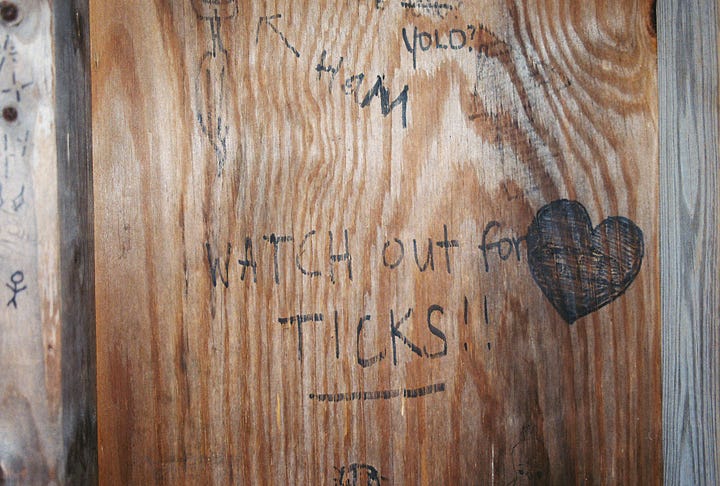
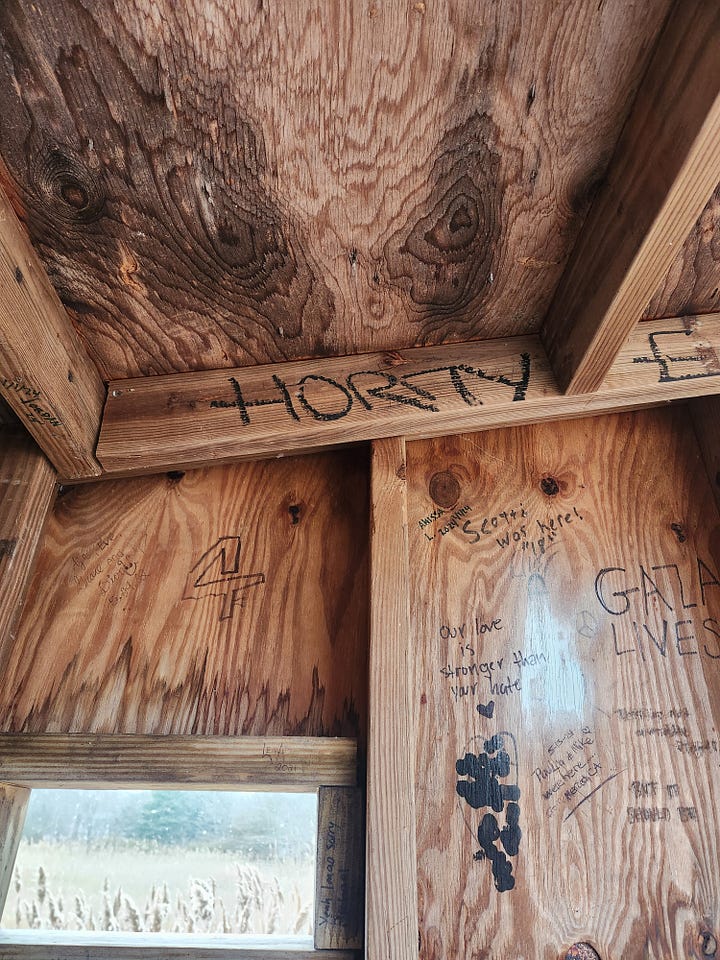
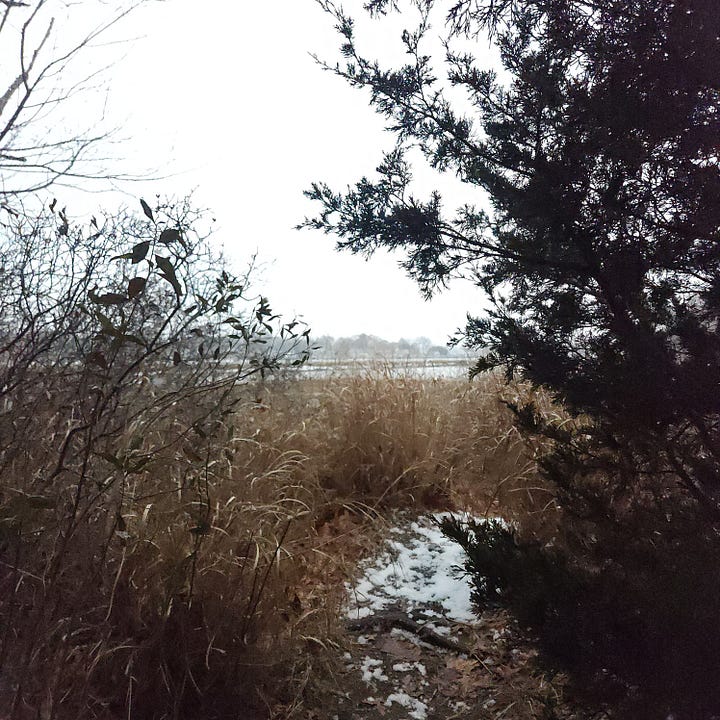
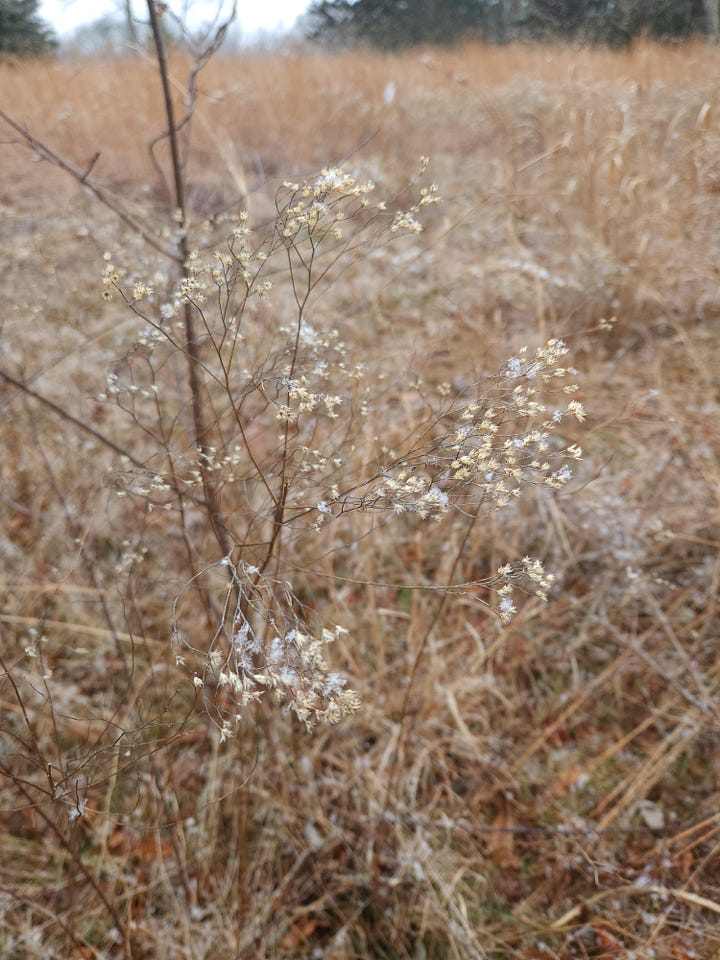
This feels like a deep contrast to the pastoral or picturesque parks designed by Frederick Law Olmsted, whose influence is more apparent in a place like Colt State Park, and I’ll talk more about him when describing the visit there, but I think that this is a good place to start the conversation about what we expect from our outdoor spaces.
Both are good, by the way. There’s not an inherent problem with either, and I think that sometimes what gets lost in conversations about conservation is that people are a part of the environment that they live in, too. Our footsteps impact the shape of these places in meaningful ways, which is why it matters that we take care about how those footsteps land. To pretend that people and nature or nature and culture are separate from each other does a disservice to both. We should probably remember that we have flesh bodies and that Carl Sagan quote about how we’re all made of stardust or something—the same components that make us up make up the rest of the natural world around us, too, which is beautiful. So what are we actually looking for when we go into the outdoors? That feels like a clumsy way of saying it—into the out—whatever. What do we want when we’re outside?
This is a personal question. I get that. The answer is different for everyone, and it probably changes.
I take the Tamarack Trail first. I always end up going right first when trails give me the choice. I don’t know why. With the snow coming down, I let myself experience it like it’s something new, that I’ve never seen before. It’s easy to do. There are a few bridges before I get to the Wildlife Viewing Shed, which is written over in sharpie with some comments that make me laugh a little. I stare out at the tall grass, at the snow coming down and brushing over it. Route 114 is visible, but the atmosphere and the plants obscure it just enough that you can pretend for a minute that you’re alone here.
Aloneness is an illusion in most places anyway, but especially in somewhere as densely populated as Southeastern New England. It’s a nice illusion. This image, the one from the viewing shed, and then as I continue down the trail and look into the field marked on the map of the Sanctuary as a flood zone and its adjacent salt meadow, feels transportive. Recently, a lot of people have written about the necessity of “awe” in the every day and why it’s good for us to allow ourselves to experience it; I think the definition I agree with most is the one that Hope Reese quotes in her article, “How a Bit of Awe Can Improve Your Health,” written for the New York Times, when she refers to Sharon Salzberg’s way of looking at what awe is—that is, “the absence of self-preoccupation.” The connotations I have with the word “awe” are so much bigger than what I generally feel, so I hesitate to use the term, but that absence of self-preoccupation? That’s it. Snow coming down. A thin brook traveling across grass, frozen but not frozen completely solid. The spider arms of the trees, dark lines against the gray of the sky. When it’s so quiet that the flapping of a bird’s wings are audible, even in stillness there’s the present motion of the world. Disintegration of the self and integration with the rest. Fluidity and exchange and being.
Not everywhere has places like the Osamequin Nature Trail and Bird Sanctuary. Barrington is a rich town, and it has the resources to maintain and protect this place. There are multiple stakeholder groups invested in its care. It is a privilege for individuals to live in towns where there are groups that can dedicate the hours of labor, the funding, and the physical space for continued outdoor recreation in clean natural places.
So what about places that don’t have that privilege?
Inequitable Access
The Center for American Progress produced a 2020 report on The Nature Gap, which refers to the unequal access to nature and natural spaces on the basis of income, race, and other demographic categories. In analyzing research and synthesizing the information available for CAP, Conservation Science Partners found some important and relevant data points regarding access to nature and its related health benefits. Historically, people of color have been explicitly restricted from access to the outdoors and public lands for recreation in the United States by the codification of discriminatory laws and exclusionary practices by different organizations. This exclusion has been amplified by both overt and the less obvious but more insidious forms of segregation that still happen. The report found, by analyzing demographic data, that people of color and low-income families are more likely to live in areas that are considered nature deprived, which means that “their census tract has a higher proportion of natural area lost to human activities than the state-level median.” Common reasons why natural areas are lost include urban sprawl, the construction of roads, pipelines, and transmission lines, and drilling, mining, and logging. In addition to the loss of natural land from these human activities, the landscape around those places often becomes polluted in the process of that development. People who live in these communities most impacted by nature deprivation often also “are more susceptible to developing immunocompromising illnesses such as asthma.” There have been some estimates that suggest that “every dollar spent on creating and maintaining park trails can save almost three dollars in health care alone,” which, given the vast amount of money Americans spend on healthcare costs every year, would sound like something that we need to be able to provide to all Americans, not just the ones who live in well-off communities that are relatively protected from these particular development patterns. When looking at the difference between the percentage of white people who live in nature deprived areas versus people of color by each state, New England ranks as particularly inequitable: for Connecticut, while 10 percent of white people lack access to nature, 93 percent of people of color do; in Massachusetts, the comparison is 14 percent to 94 percent; in New Hampshire, it is 17 percent to 90 percent; in Rhode Island, it’s 13 percent to 93 percent. In Maine, 26 percent of white people lack access to nature while 84 percent do, and in Vermont, 27 percent of white people lack access to nature while 76 percent of people of color do. Connecticut is the state in the United States with the highest inequity on the basis of race in terms of nature deprivation. On the basis of income, New England states aren’t doing much better. Rhode Island sees the highest level of economic inequity in nature deprivation out of any other state in the US.
It would take a startling amount of obliviousness on my part as someone living where I do in Rhode Island for this to be very surprising information. I live near Washington Park, which is the most polluted part of Providence, Rhode Island. That pollution is not from litter, or from individuals—it is industrial level pollution stemming from the combined forces of the Port of Providence, metal recycling, and the presence of Interstate 95. Environmental injustice happens at the junction of a lack of natural spaces, the abundance of industrial pollution, and the state not caring to keep all places clean for everyone, not just the beachfronts beloved by the wealthy. This is not the consequence of the people who live in Washington Park not caring about this place: They do. Community organizers like Monica Huertas, whose family’s health has been directly impacted by the degree of pollution in the area, April Brown, the director of the Racial and Environmental Justice Committee, and state politicians José Batista and Tiara Mack are bringing the voice and concern of the people who live here to the forefront. Breathe Providence, a project through Brown University, collects air quality data to a deeper precision than the AQI, and this project provides ample evidence in support of how the concentration of pollutants in the Port of Providence has had a disproportionately high impact on the health and wellbeing of the people who live here. While some of the businesses have begun to take steps to mitigate the pollution, many have not, and while Mayor Brett Smiley has made statements about the problems, for instance, of Rhode Island Metal Recycling, a facility at the Port of Providence which has been at the center of a huge number of legal issues because of continued environmental contamination, he’s also accepted campaign money from them.
It’s worth noting, also, that when green spaces are available to low-income families, they often are sites of environmental contamination at the same time that they are viewed as expendable, real estate to be sold and converted into parking lots. Green spaces, particularly green spaces in low-income and urban or industrial areas, are at major risk of disappearing despite opposition raised by the actual people living there. This threat is a matter of failure on the part of policymakers who are disconnected from the folks that they represent, and whose job it is to work in the interests of the people, not in the interests of real estate or commercialism, particularly when that commercialism causes significant risks to the health and wellbeing of the constituents. States take the time and effort to protect natural spaces in relatively privileged areas, areas where people can already afford to leave. State governments need to put in that same effort to provide the same protections to green spaces regardless of where they are for the benefit of all residents, not just the ones who happen to live near the water or woods.
What does valuing these places look like? Probably not turning parks into parking lots. Probably actually doing something about pollution. Probably ensuring that all people have access to them. Probably listening to people when they ask for help protecting these places. I don’t think these are terribly huge asks to make of policymakers, to ask that they work for the people whose taxes pay them, but then, I’m not here baiting anyone with promises of money or economic stimulus or anything like that, and I certainly don’t have that on the line. All I’m looking for is for a healthy environment and equal access to natural spaces, and capitalists don’t really have any time or patience for that.
The problems that I talk about with regard to the environment or access to the outdoors—what ever the “outdoors” actually looks like or means to a person or place or community—aren’t Rhode Island problems. Rhode Island provides a great microcosm of larger issues, and it is absolutely plagued by the cost-of-entry to recreation on waterfronts, but just because I’m talking about it here doesn’t mean it isn’t happening anywhere else. Environmental pollutants from chemical plants, metal recycling facilities, and roadways are present from coast to coast. I want to believe in the possibility of improvement, that we live in an age of technological advancement that could mean more efficient ways of doing things, cleaner ways of production, and the phasing out of the things that are harming our health to where they are things of the past, but adoption of these technologies is slow, investment in them is slogging behind, and there’s so much money tied into the ways that things are now that the work to change to something could be a Herculean effort. This is made worse by the current federal climate, where there is no guarantee or promise that states or cities and towns can ask for federal funding to help improve the places where literal, breathing Americans live; without the funds to make the initial change to cleaner energy or more efficient technologies that don’t despoil our homes, it becomes even more difficult to ensure that that change happens.
Former Providence Mayor Joseph Paolino, Jr., recently shared a plan to beautify Downtown Providence with city planning. As a major property owner in the area, he has a reason to want Downtown to be attractive; a better looking, greener city is more appealing to tourists and residents alike, which could potentially drive conversion and improve the profits of the businesses in the buildings that Paolino rents around the city. There are a few different ways of looking at this proposal, and I think that unless Providence and the state of Rhode Island take significant steps to address the increasing issues surrounding housing and homelessness, this proposal is going to run into the issue of what to do with the people who are unhoused and living on the streets of Downtown—but the idea of making cities greener spaces is, in theory, when unbounded by some of those more complicated realities, one that I would love to see implemented. I just want to see that idea extended past the more obviously market-friendly places in the city and towards the places that could benefit even more from beautification projects, like the area of Allens Ave, the Port of Providence, and into Washington Park. The trick would be to do this beautification without necessarily driving up the cost of living for the people who are here already, while still bringing that much needed access to green spaces to the full city population, and not just to one exclusive (expensive) neighborhood. If all of Providence is beautiful and clean, then it becomes a much better place to live in for everyone.
Outro
I’m still thinking a little about reasons why we go outside in the first place. A city park is not necessarily the same as a nature preserve, and I think that the “where” you go matters as much as the “why,” or at least one influences the other in some way or shape. I remember in the early days of the pandemic, when we were all stuck at home, and being able to go outside to take a walk was one of the only ways that we could provide some variation or break for ourselves from the people that we might have been stuck inside with. Being able to breathe what felt like clean air—seeing people across the street and knowing that we were all getting outside because the alternative of staying in was becoming unbearable—things have changed, obviously, since then.
At a bachelorette weekend I recently went to, where it was a perfect 75 degrees in Charleston, South Carolina, there was a conversation I was adjacent to where people were talking about grounding and the act of being grounded, connected body to earth. That might be the thing missing the most from contemporary life. My friend, the bride-to-be, said that when her fiance asked her what she was most excited about when they bought their house, she told him that it was to be able to stand in her yard in barefeet and not have to worry about stepping on glass or something else. This safety gets unacknowledged, and the lack of it doesn’t get talked about enough, either. It is really hard to be able to get grounded and connected to the earth when all around you is pavement, or when the grass and dirt you do have access to has shards of broken bottles, needles, pellets from the petroleum plant, bits of plastic that might bite into the soles of your feet. It is hard to go out and breathe in the air when that air is filled with carcinogenic fumes from a metal recycling plant a quarter mile down the road. It’s hard when the closest state parks and nature preserves are only accessible by car or inconsistent and infrequent bus routes (though Motif Magazine does have a column called Two Feet, Two Bucks by Andy Nosal that describes how to get to these places on a budget by public transport—and Motif Magazine is free).
I think the point I’m trying to make is that it takes a lot of investment in order to make natural spaces available to people, and that it’s a problem if the only people who get to have access to green spaces are the people who have money, and that we all deserve to be able to live in a place where we’re not at risk of developing respiratory diseases or getting injured by the pollution around us. We all deserve to be able to step outside, to look around, and to be in awe of what we’re seeing out there—and not in awe of how terrible it is, but how incredible it is that we get to be in those same places at the same time ourselves. Not to get too woo-woo about it, but part of our shared humanity is the fact that we are all from this same, shared Earth, and all of us deserve to be able to connect to it.
References
Burrell, Chris. “Providence’s port community punches back against pollution.” Rhode Island PBS, 18 July 2024, https://thepublicsradio.org/environment/providences-port-community-punches-back-against-pollution/. Accessed 31 January 2025.
Dager, Sara. “Explore The Osamequin Nature Trails In Barrington Rhode Island For That Wonderful, Scenic Experience You Need.” Only in Rhode Island, Only in Your State, 3 August 2021, https://www.onlyinyourstate.com/nature/rhode-island/osamequin-nature-trails-ri. Accessed 21 January 2025.
Elder, Cindy. “Osamequin Nature Preserve – Barrington Land Trust.” Barrington Land Conservation Trust, 4 January 2025, https://www.blct.org/protected-lands/public-access/osamequin-nature-preserve/. Accessed 22 January 2025.
“Olmsted Theory and Design Principles.” Frederick Law Olmsted National Historic Site Massachusetts, National Park Service, 14 March 2024, https://www.nps.gov/frla/learn/historyculture/olmsted-theory-and-design-principles.htm. Accessed 23 January 2025.
“Osamequin Nature Trails and Bird Sanctuary: 'First Bird' Trails.” ExploreRI, https://exploreri.org/gSiteReport2.php?siteID=28&src=siteList. Accessed 21 January 2025.
Reese, Hope. “How a Bit of Awe Can Improve Your Health (Published 2023).” The New York Times, 3 January 2023, https://www.nytimes.com/2023/01/03/well/live/awe-wonder-dacher-keltner.html. Accessed 24 January 2025.
Rowland Shea, Jenny, et al. “The Nature Gap: Confronting Racial and Economic Disparities in the Destruction and Protection of Nature in America.” Center for American Progress, 21 July 2020, https://www.americanprogress.org/article/the-nature-gap/. Accessed 29 January 2025.
“The Seven S’s of Olmsted Design.” The Olmsted Network, 15 January 2021, https://olmsted.org/the-seven-ss-of-olmsted-design/. Accessed 23 January 2025.
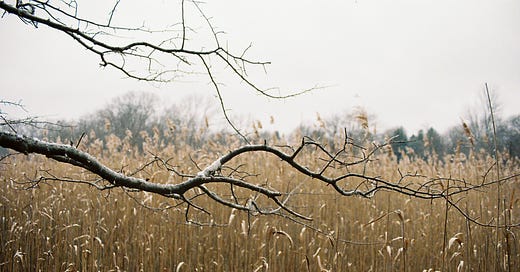



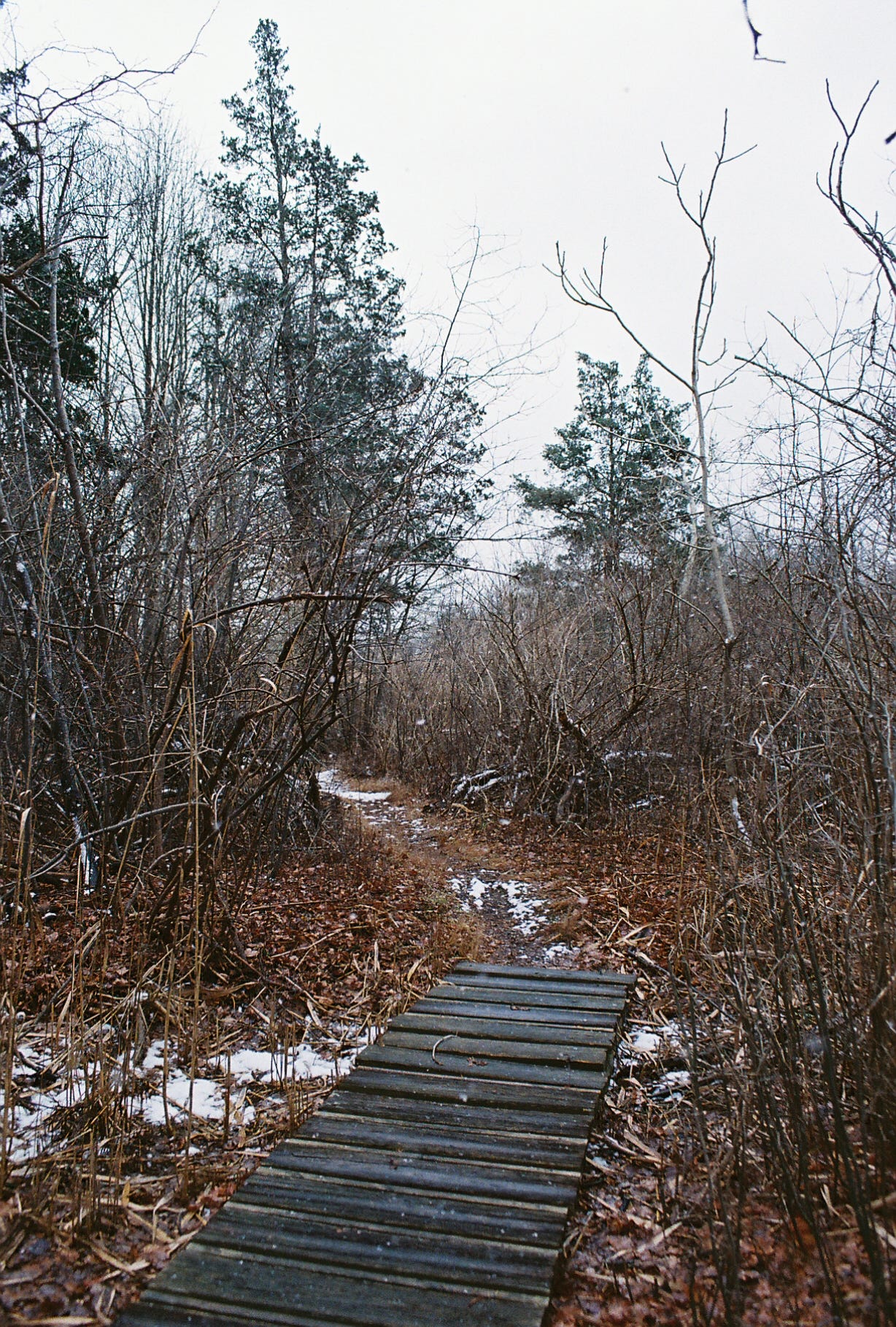
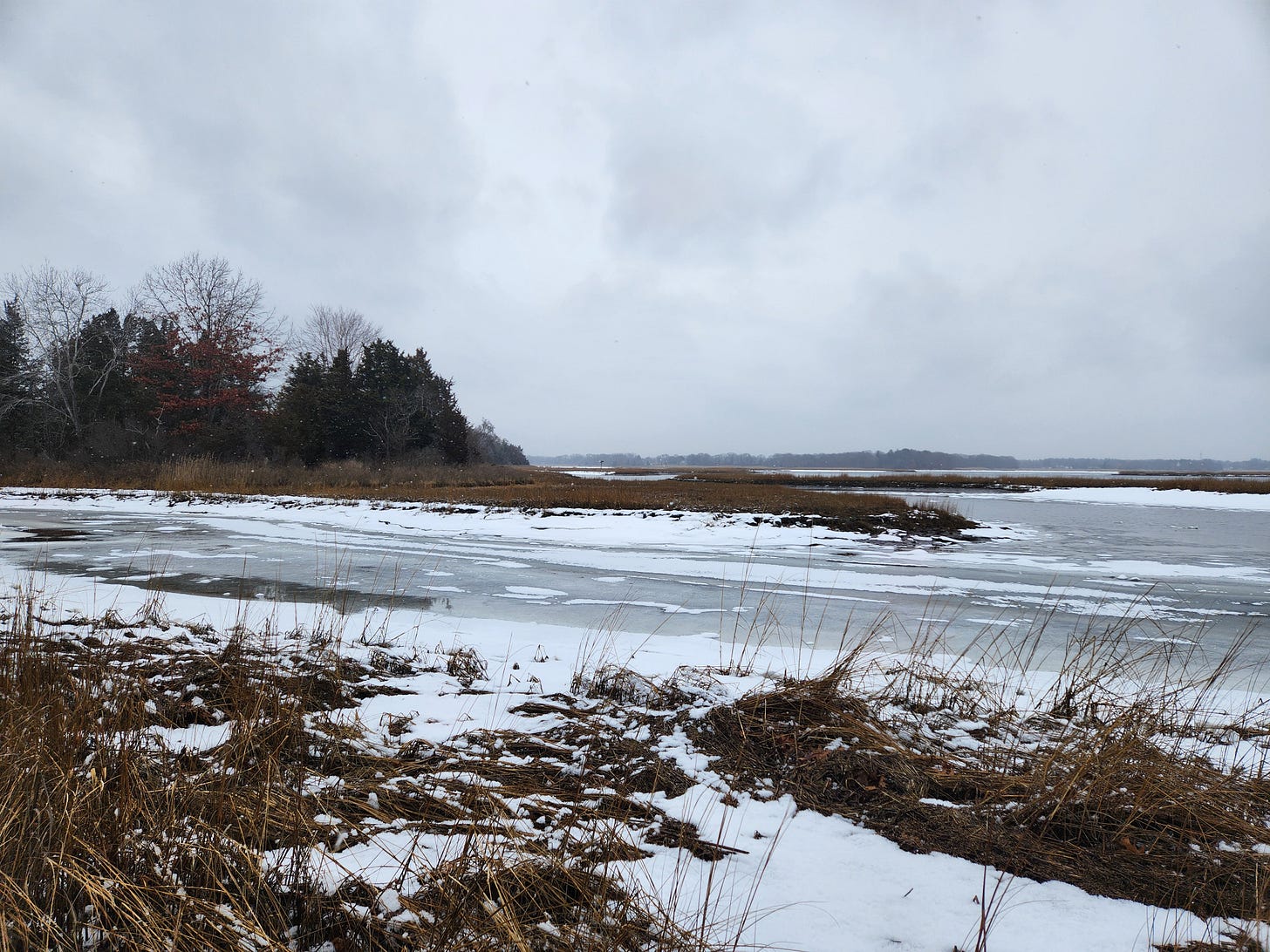
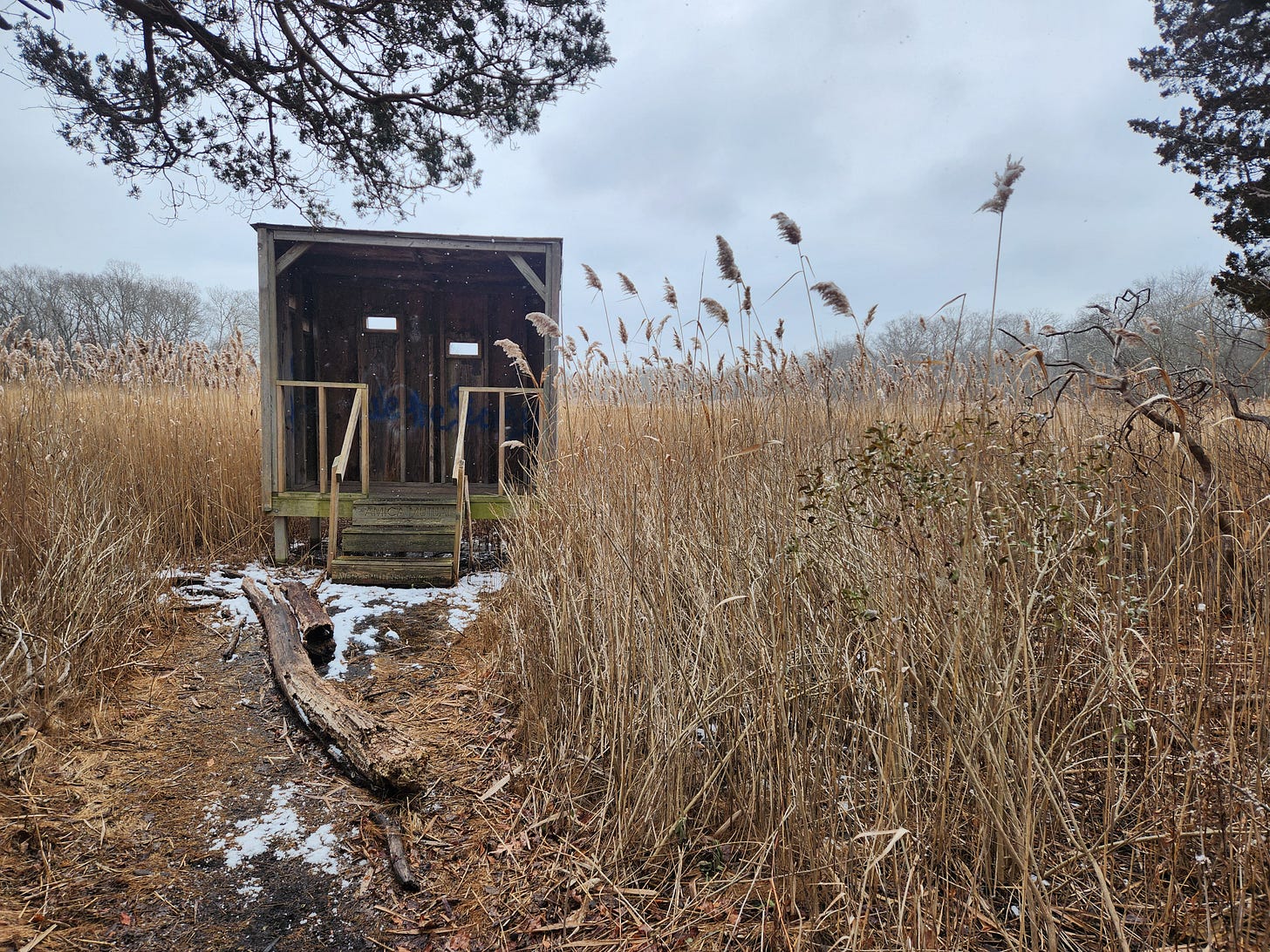
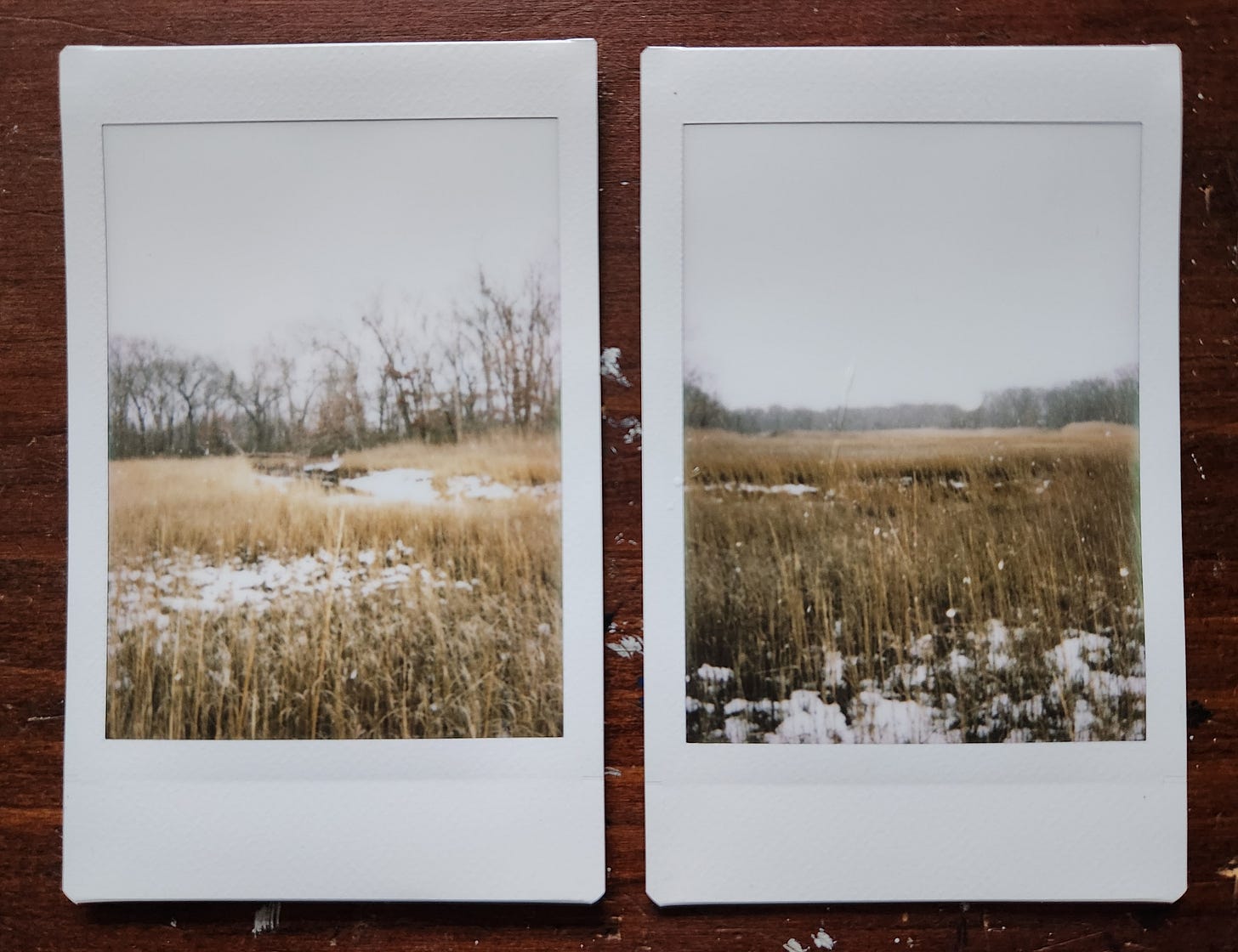
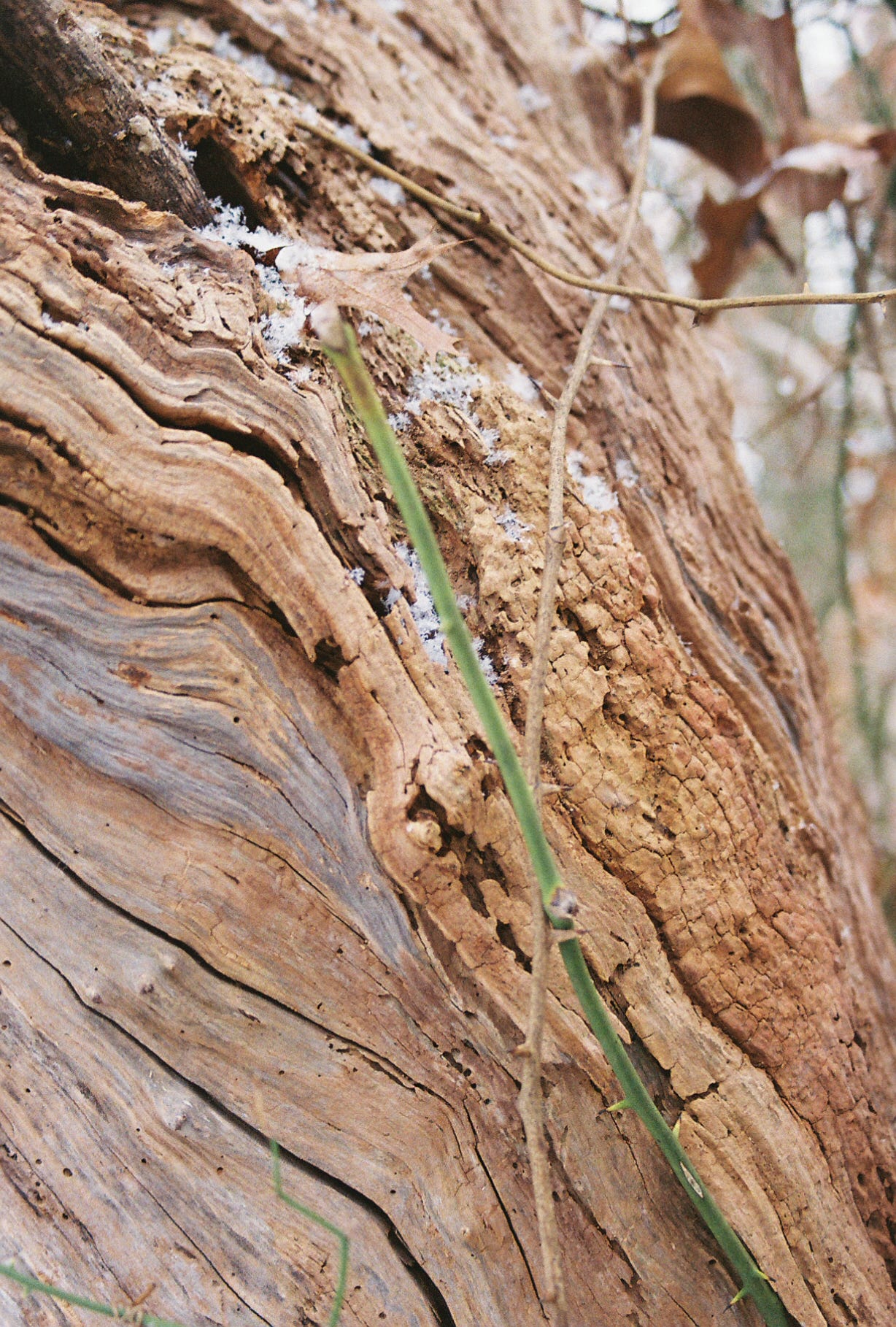
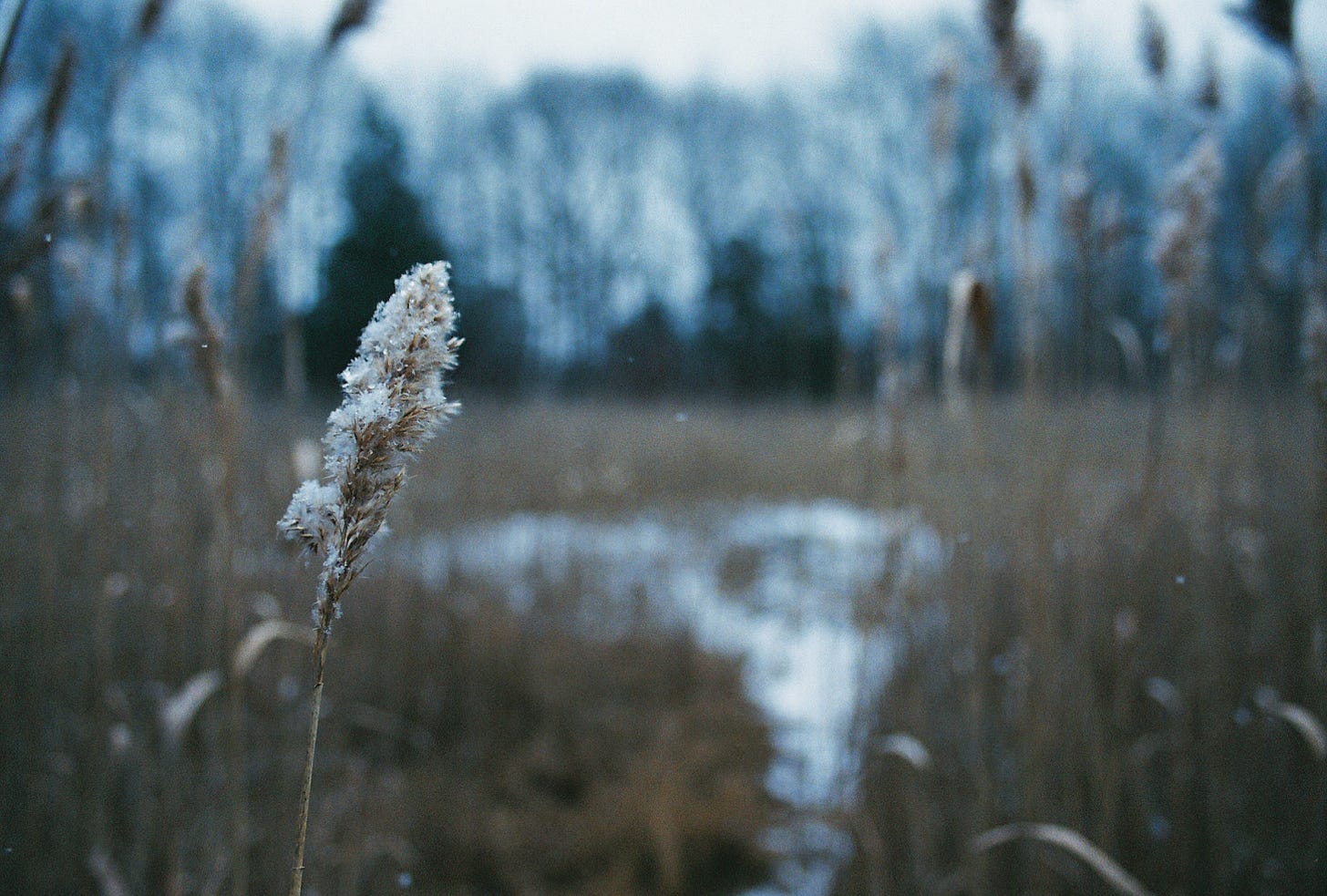


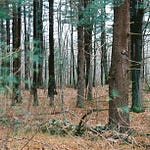
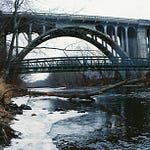
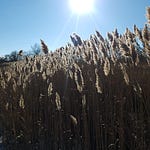
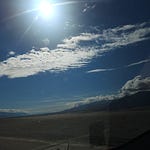



Share this post